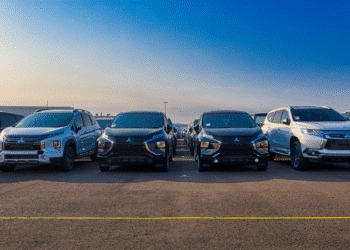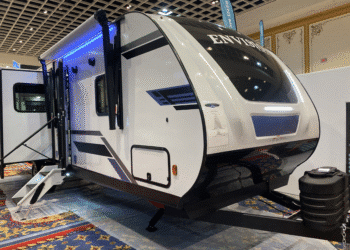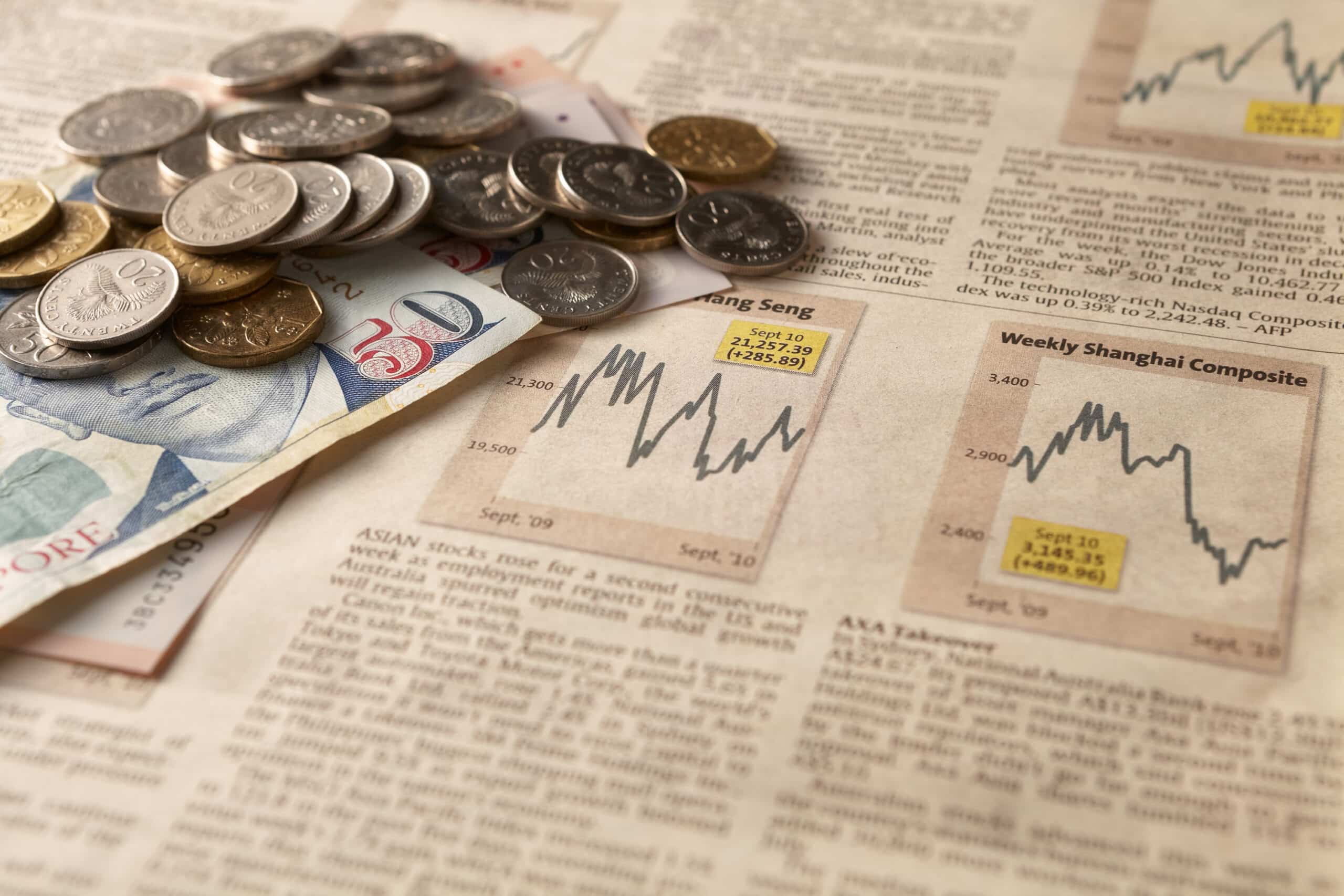Used Vehicle Values Experience ‘Abnormal’ Appreciation, Manheim Says

Wholesale used vehicle prices increased 6.4% despite an expected depreciation, bringing the Manheim Used Vehicle Value Index up to 139.7 — the highest index level seen in the series’ over 20-year long history, Manheim announced Monday morning.
Two main factors are contributing to the “abnormal” price appreciation, Manheim notes.
First, it is a function of a healthy economy at its peak that has consumers favoring affordability over the expense of new vehicles. Second is the fear of import tariffs causing prices to increase in the future — combined with consumers’ worry for interest rates that are set to continue to rise in the months ahead. These trends encourage buying sooner rather than later.
“The increase in demand has not been satisfied by flattening wholesale supply and has led to faster moving retail inventory, higher sales efficiency at auction, and higher prices,” Manheim says.
Typically as summer comes to an end used vehicle values downturn, but the abnormal increase also has 3-year-old vehicles now worth 4.8% more than values should be during this time of year, Manheim notes. Nissan Motor Acceptance Corp. is experiencing this first hand, President Kevin Cullum told Auto Finance News. NMAC’s off-lease portfolio shows 3-year-old vehicles have been in high demand, he said.
“Dealers are buying [off lease vehicles] and selling them through auction wholesale,” Cullum said. “They’re holding their values — well within the plans that [NMAC] had set three years ago, and in particular crossovers, they’ve been stronger. So the demand is there, and the residuals have been supported.”
As for August used vehicle sales, Cox Automotive estimates show volume was flat year-over-year. Moreover, the SAAR is expected to be 39.6 million, which is also flat versus last year. Since sales are flat despite high demand, it is up to the captives to help enhance sales through the dealer.
“We are right smack in an era of market disruption,” Erick Gonzalez, national sales director of Hyundai Motor Finance at Hyundai Capital America, told AFN. “As a captive, we have a responsibility to make sure that our pricing is aligned with the market to drive that dealer engagement.”









